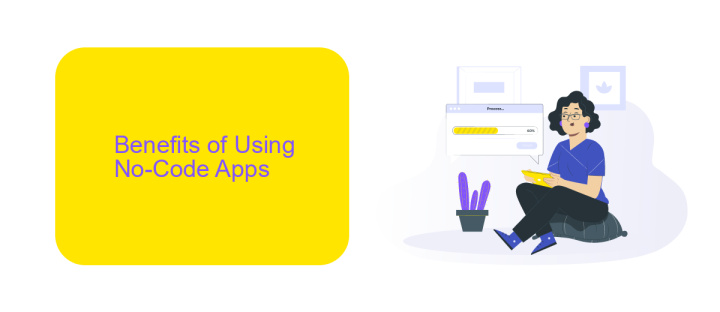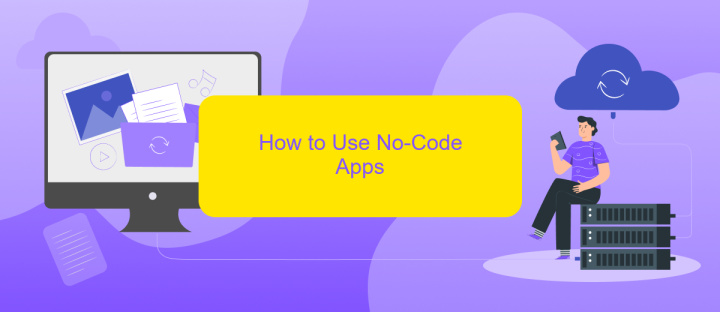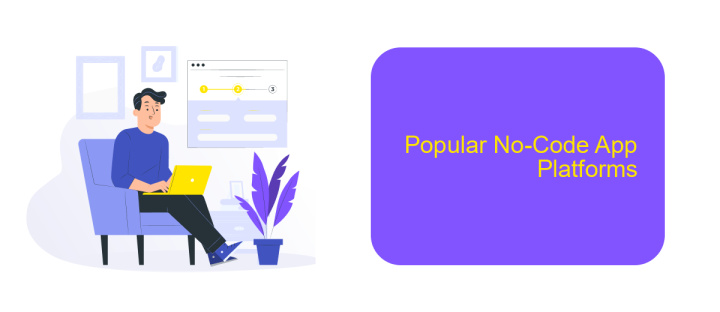No-Code App
In today's fast-paced digital landscape, the demand for rapid application development has never been higher. No-code platforms are revolutionizing the way businesses and individuals create software, allowing anyone to build powerful apps without writing a single line of code. This article explores the benefits, features, and potential of no-code app development, making technology more accessible than ever before.
What is a No-Code App?
A No-Code App is a software application that allows users to create and customize applications without writing any code. These platforms provide visual interfaces and pre-built components, making it easier for non-technical users to develop functional apps. No-code platforms are designed to democratize app development, enabling anyone to turn their ideas into reality.
- Drag-and-drop interface for easy design
- Pre-built templates and components
- Integration with various third-party services
- Real-time collaboration and sharing
No-code apps are ideal for small businesses, startups, and individuals who need to build applications quickly and cost-effectively. One of the key features of many no-code platforms is the ability to integrate with other services. For instance, ApiX-Drive allows users to connect their no-code apps with various external systems, automating workflows and enhancing functionality without requiring manual coding. This makes no-code solutions highly versatile and scalable for a wide range of applications.
Benefits of Using No-Code Apps

No-code apps offer a multitude of benefits that make them an attractive option for businesses and individuals alike. One of the primary advantages is the significant reduction in development time and cost. Traditional app development often requires a team of skilled developers and can take months to complete. In contrast, no-code platforms enable users to create fully functional applications in a matter of days or even hours, without the need for extensive coding knowledge. This democratization of app development empowers non-technical users to bring their ideas to life quickly and efficiently.
Another key benefit is the ease of integration with other tools and services. For instance, platforms like ApiX-Drive facilitate seamless connections between various applications, allowing for automated workflows and data synchronization. This capability is particularly useful for businesses looking to streamline operations and improve productivity. Additionally, no-code apps are highly customizable, enabling users to tailor their applications to meet specific needs and preferences. This flexibility ensures that the final product is not only functional but also aligned with the unique requirements of the users or the business.
How to Use No-Code Apps

No-code apps have revolutionized the way we create and deploy applications, making it accessible for anyone to build without needing to write a single line of code. Here’s a simple guide to get you started with no-code apps.
- Choose a No-Code Platform: Select a platform that suits your needs. Popular choices include Bubble, Adalo, and Glide.
- Design Your App: Use the drag-and-drop interface to design your app’s layout. Customize components like buttons, forms, and images.
- Set Up Databases: Create and manage databases within the platform to store your app’s data. Most no-code platforms offer simple database management tools.
- Integrate Services: Use tools like ApiX-Drive to connect your app with other services and automate workflows. This can include integrating with email services, CRMs, or payment gateways.
- Test and Deploy: Thoroughly test your app to ensure it functions as expected. Once satisfied, deploy your app to make it available to users.
By following these steps, you can quickly create a functional and polished application without any coding knowledge. No-code platforms and integration services like ApiX-Drive make it easier than ever to bring your app ideas to life.
Popular No-Code App Platforms

No-code app platforms have revolutionized the way businesses and individuals create applications by eliminating the need for traditional coding skills. These platforms provide intuitive interfaces and drag-and-drop functionalities, making app development accessible to everyone.
One of the key advantages of no-code platforms is their ability to integrate with various services and tools, streamlining workflows and enhancing productivity. For instance, ApiX-Drive is a service that allows for seamless integration between different applications, enabling users to automate tasks and synchronize data effortlessly.
- Bubble: A versatile platform for building web applications without coding.
- Adalo: Ideal for creating mobile apps with an easy-to-use interface.
- OutSystems: Offers robust features for enterprise-grade applications.
- ApiX-Drive: Facilitates integration and automation between various services.
- Glide: Quickly transforms Google Sheets into powerful mobile apps.
These platforms not only democratize app development but also significantly reduce the time and cost associated with traditional development methods. By leveraging no-code solutions, businesses can rapidly prototype, test, and deploy applications, staying agile and competitive in today's fast-paced digital landscape.
- Automate the work of an online store or landing
- Empower through integration
- Don't spend money on programmers and integrators
- Save time by automating routine tasks
Examples of No-Code Apps
No-code apps have revolutionized the way individuals and businesses create software without needing extensive programming knowledge. One prominent example is Bubble, a platform that allows users to build web applications with a drag-and-drop interface. With Bubble, users can design, develop, and host applications all in one place, making it ideal for startups and entrepreneurs looking to launch their products quickly and efficiently.
Another notable example is Adalo, which focuses on building mobile applications. Adalo provides an intuitive interface for creating both iOS and Android apps, complete with built-in functionality for databases and user authentication. For those looking to integrate various services and automate workflows, ApiX-Drive offers a no-code solution for connecting different apps and platforms seamlessly. By using ApiX-Drive, users can automate data transfers and synchronize information across multiple services, enhancing productivity and efficiency without writing a single line of code.
FAQ
What is a No-Code App?
Who can use No-Code App platforms?
Can No-Code Apps be integrated with other tools and services?
Are No-Code Apps secure and scalable?
What are the limitations of No-Code Apps?
Routine tasks take a lot of time from employees? Do they burn out, do not have enough working day for the main duties and important things? Do you understand that the only way out of this situation in modern realities is automation? Try Apix-Drive for free and make sure that the online connector in 5 minutes of setting up integration will remove a significant part of the routine from your life and free up time for you and your employees.


